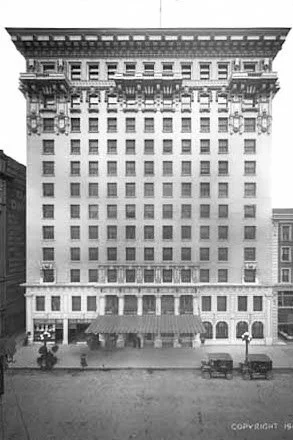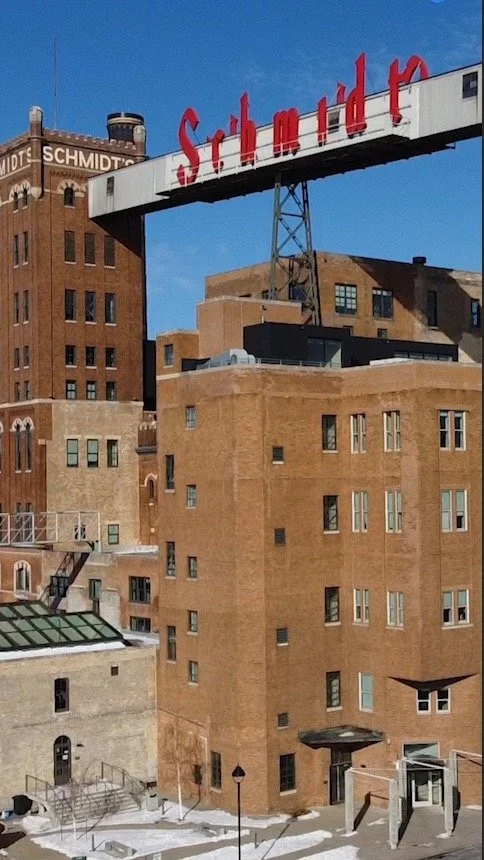Say Goodbye to Sears
It has been unclear what would happen to the Sears building in Saint Paul after it closed in 2019 - but it was recently announced that a local media group has bought the 17-acre lot. Now left with only 18 stores, Sears & Roebuck once operated over 5600 stores worldwide - and it all started in Redwood Falls, Minnesota.
Richard Sears was working as a railroad station agent in the small town and had plenty of time for a side hustle. He started reselling merchandise that came on the train but was unwanted by its recipients - particularly watches. He was getting into the mail order business just as it was taking off.
At the time Sears was getting started, farmers in rural America were buying what they needed from independently owned, local general stores. Mail-order companies would be the answer to farmers' prayers. Thanks to volume buying, new railroads, rural free delivery and parcel post, it was a much cheaper alternative to order from a catalog.
Sears moved his business to Minneapolis in 1886, but left for Chicago a few years later. He hired a young watchmaker, Alvah C. Roebuck, to spiff up any damaged merchandise and by 1891 he had a business partner. The company became Sears, Roebuck & Co. The Sears catalogs became an American cultural icon. By 1895, a 532-page catalog offered a lot more than just watches. This book offered shoes, women's clothing and hats, wagons, fishing tackle, stoves, furniture, china, musical instruments, saddles, firearms, bicycles, baby strollers and glassware. Eventually growing to over 1,000 pages and selling over 100,000 items, - including all-inclusive ‘kit homes’ and sales exploded to over $50 million per year.
Surprisingly - it was at this juncture that Richard Sears decided to retire. Just 46 years old, he bowed out of the business. Sadly, he died just four years later of kidney disease.
The company continued to grow - and evolve. Customers had cars and were ready to shop in stores again. So Sears started opening retail stores in their distribution centers - including a location on East Lake Street in Minneapolis. Capitalizing on the railroads, the twelve-story, one-million-square-foot facility would employ 1,700 people with an annual payroll of $4 million. (Today we know it as Midtown Global Marketplace).
Sears was unstoppable. They developed and bought their own brands - DieHard, Craftsman, Kenmore, All-State Insurance, Dean Witter, Coldwell Banker, and the Discover Card. By 1965, Sears had fourteen stores in the Minneapolis metro area, including the one across the street from the state capitol in Saint Paul, that opened in 1963. In 1969, Sears announced plans to build a new headquarters building in downtown Chicago. The 110-story Sears Tower became the world's tallest building at 1,454 feet when it was opened in 1973.
By 1993, when in-person shopping had taken over catalog business - but BEFORE internet shopping had taken off - Sears was in almost every mall in America - including the Mall OF America. But in the blink of an eye, consumers moved online, retailers started to specialize, and Sears couldn’t keep up.
In 2018, the company filed for bankruptcy and soon, Sears will be completely wiped away - but their innovations - from wholesale buying, product descriptions, order and shipping management, retail store design and more - will still influence the way we shop.

















